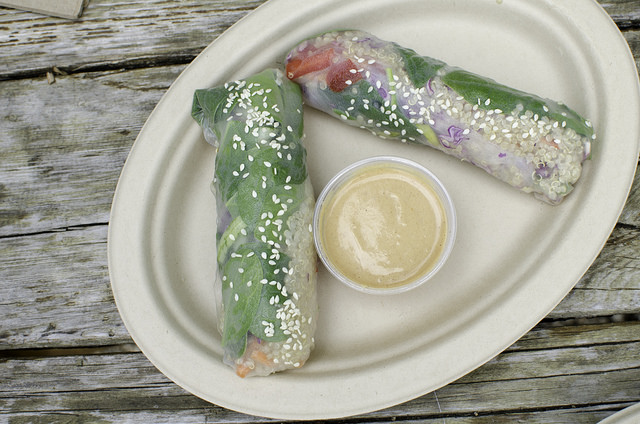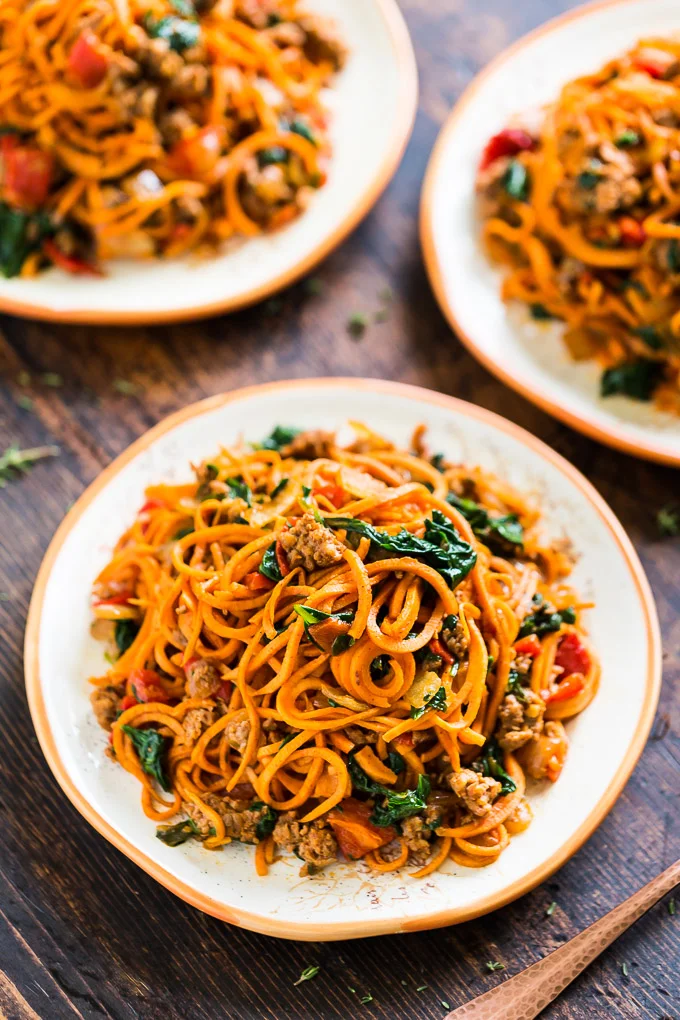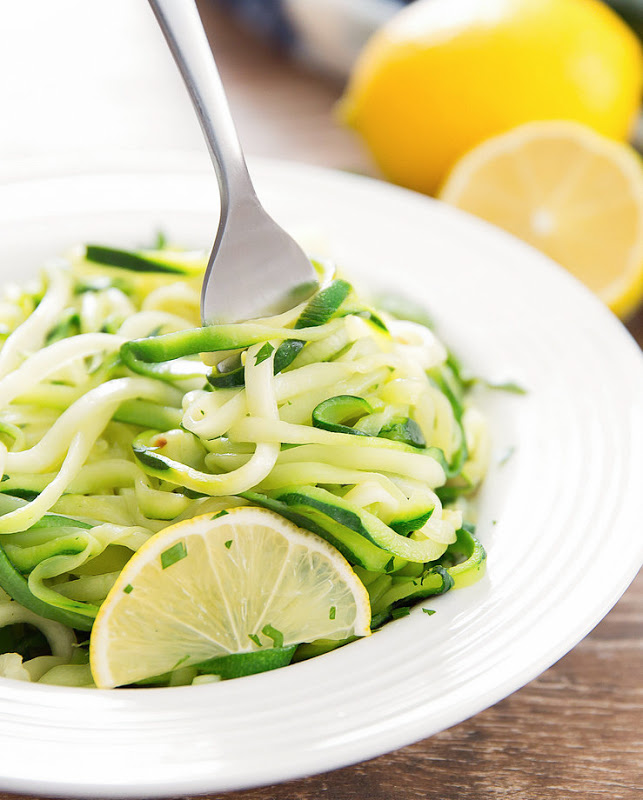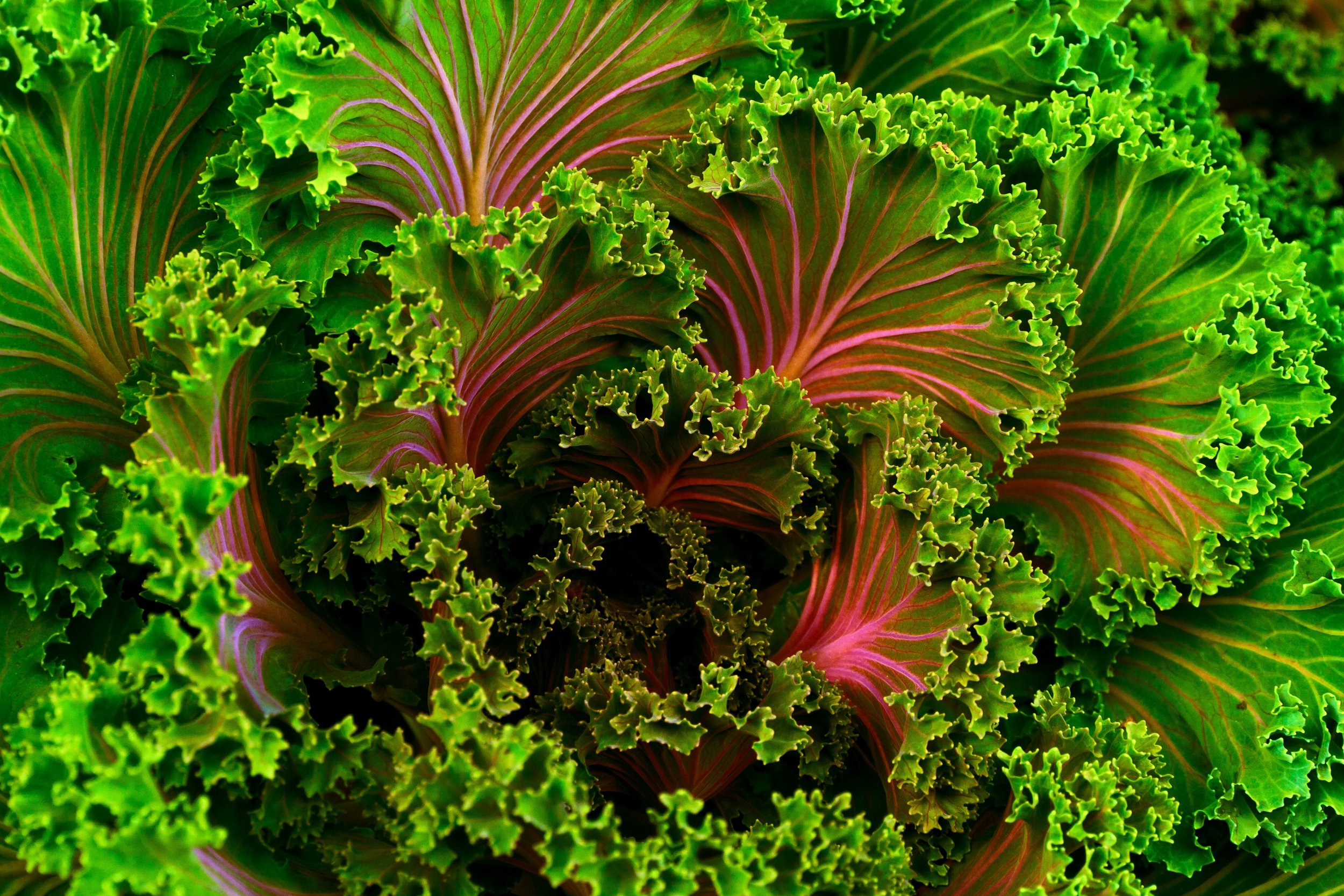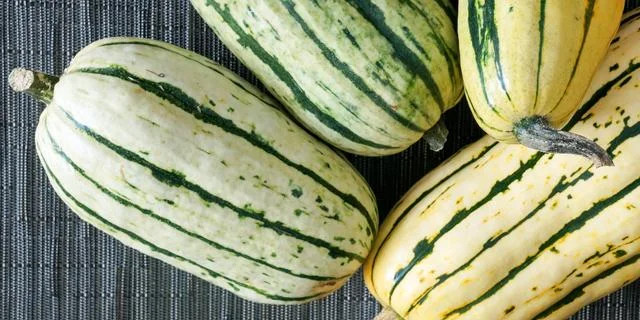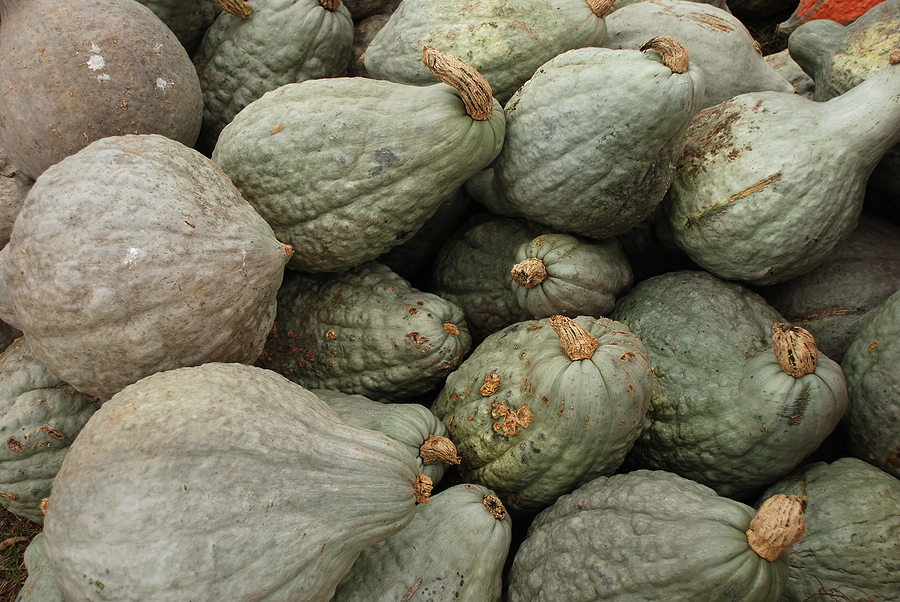Sweet potatoes, chickpeas, millet and spices team up for a fabulous burger.
Garnet yam burger
Ingredients
- 1 1/2 cups vegetable broth
- 1 cup peeled and diced garnet yams or sweet potatoes
- 1/4 cup diced yellow onion
- 2 cloves garlic, minced
- 1/2 cup canned chickpeas, rinsed, drained and smashed
- 1/2 cup millet
- 1 teaspoon cumin
- 1 1/2 teaspoons chili powder
- 2 teaspoons vegetarian Worcestershire
- Salt
- 1 cup bread crumbs, divided
- 1 egg, beaten
- 1 to 2 tablespoons vegetable oil
Preparation
- Bring the vegetable broth to a boil in a medium soup pot. Add the yams and simmer for about 8 minutes, just until the yams are getting tender. Add the onion, garlic, chickpeas and millet, cover the pot and simmer for another 20 minutes, stirring occasionally. The millet should be tender and the liquid should be entirely absorbed when done.
- Remove from heat and stir in the cumin, chili powder, Worcestershire, a pinch of salt and half of the bread crumbs. Stir well and form into 6 even burgers.
- Put the beaten egg in a small dish and the remaining bread crumbs in another small dish or plate. Gently dip each burger in the egg, and then coat well in bread crumbs. Place the burgers on a sheet pan or plate and refrigerate for about 30 minutes.
- Heat the vegetable oil over medium-high heat in a large skillet. Add the yam burgers to the pan and cook for 4 to 5 minutes until browned well on one side. Gently flip the burgers and cook another 4 to 5 minutes.
Serving Suggestion
Serve on a toasted whole-wheat bun with Sriracha mayonnaise, sliced pickled jalapeños and crispy lettuce, or sweet pickles, ketchup and mustard if you prefer. Or make this a main course option for vegetarian holiday guests!
Reprinted with permission from StrongerTogether.coop. Find articles about your food and where it comes from, recipes and a whole lot more at www.strongertogether.coop. Photo provided by Wholehearted Eats.







